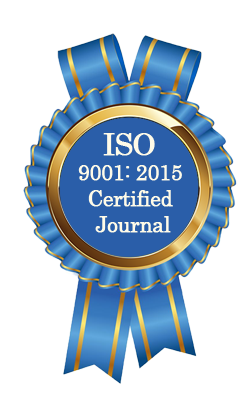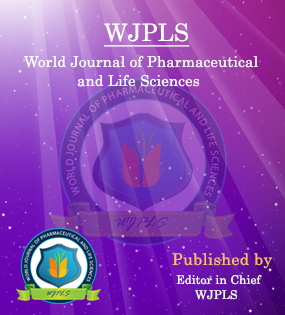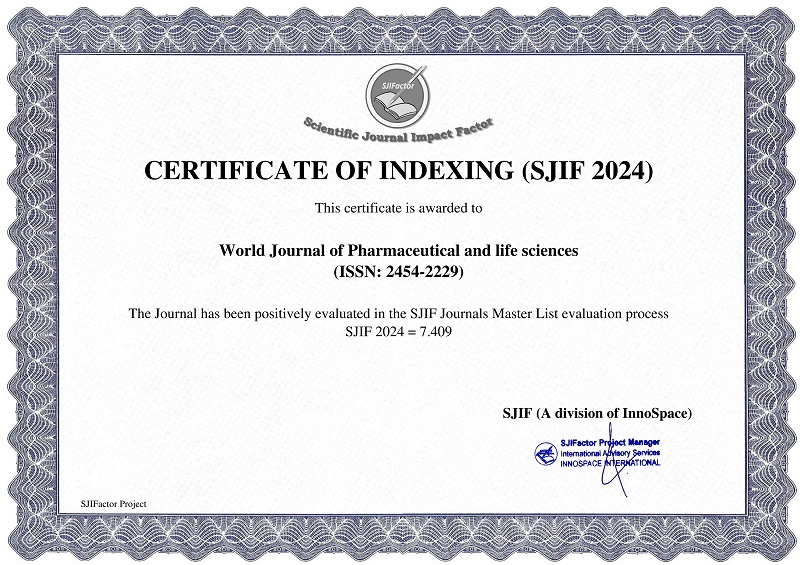Abstract
A SYSTEMATIC REVIEW OF THE PROTECTIVE EFFECT OF MEDICINAL PLANTS IN THE TREATMENT OF EPILEPSY
Dr. Sailaja C. S.*
ABSTRACT
Throughout history, plants have played a significant role in providing relief and healing through their therapeutic properties. These natural remedies contain active compounds that directly impact various organs in our bodies, including the complex organ that is the brain. While only a few drugs have been approved for conditions like epilepsy, ancient systems of medicine like Ayurveda have long categorized plants that can affect the brain. Epilepsy, a neuropsychological disorder, is characterized by the overactivity of neurotransmitters. It is distinct from seizures, which are sudden, abnormal bursts of activity in the central nervous system. Modern medicine offers numerous drugs for epilepsy treatment, but many come with chronic side effects. As a result, the use of herbal remedies as adjunct therapies is becoming increasingly popular due to their milder side effects. These plant-based treatments often target the same mechanisms as synthetic drugs. Traditional medicine has long relied on various plant-based remedies for epilepsy, and ongoing research is now scientifically validating their anticonvulsant properties. This article summarizes recent research on medicinal plants with reported antiepileptic/anticonvulsant effects. It provides pharmacological and molecular mechanism of action information for the crude extracts and related active constituents evaluated in preclinical research for the treatment of epilepsy and convulsions, and offers a reference for the development of future related studies in this area.
[Full Text Article] [Download Certificate]WJPLS CITATION 
| All | Since 2020 | |
| Citation | 590 | 424 |
| h-index | 12 | 10 |
| i10-index | 17 | 14 |
INDEXING
NEWS & UPDATION
BEST ARTICLE AWARDS
World Journal of Pharmaceutical and life sciences is giving Best Article Award in every Issue for Best Article and Issue Certificate of Appreciation to the Authors to promote research activity of scholar.
Best Article of current issue
Download Article : Click here





